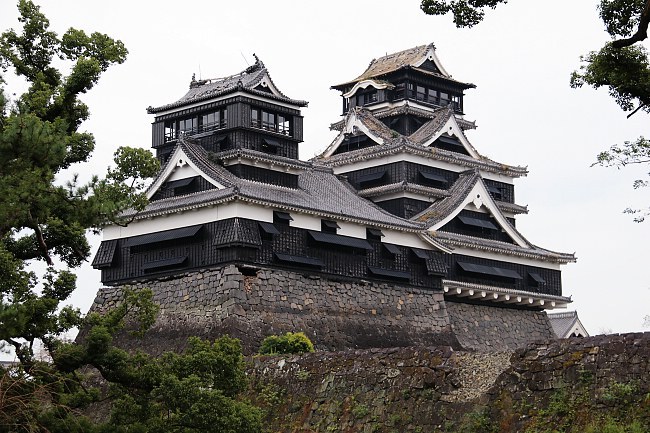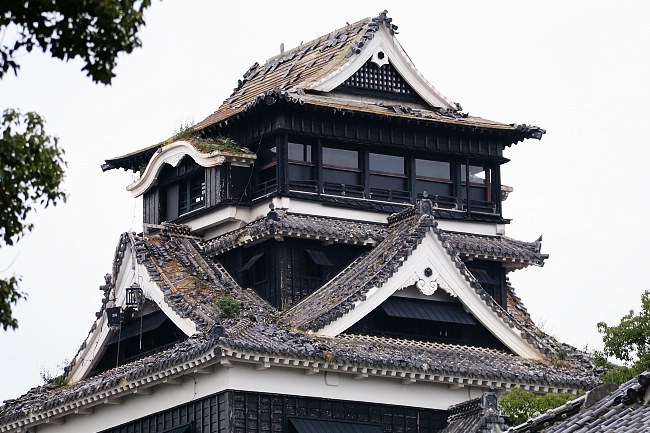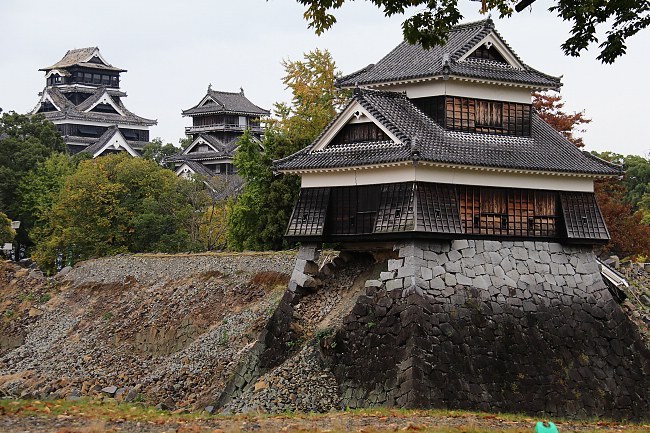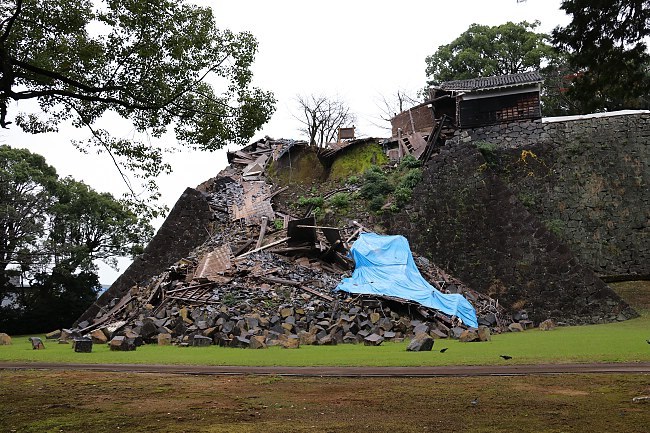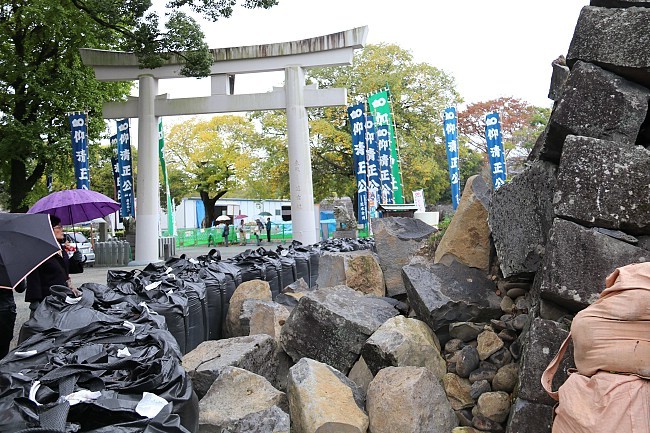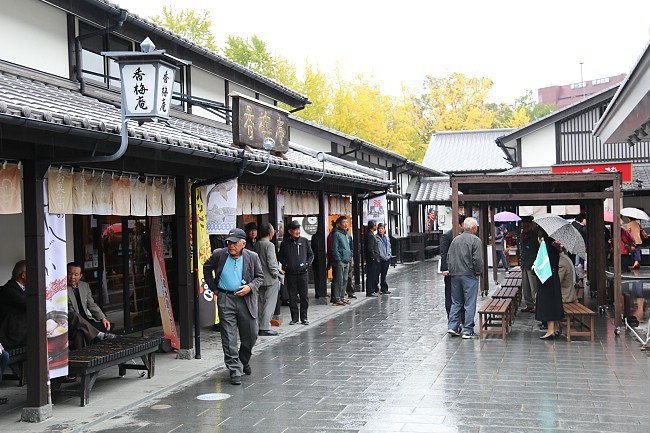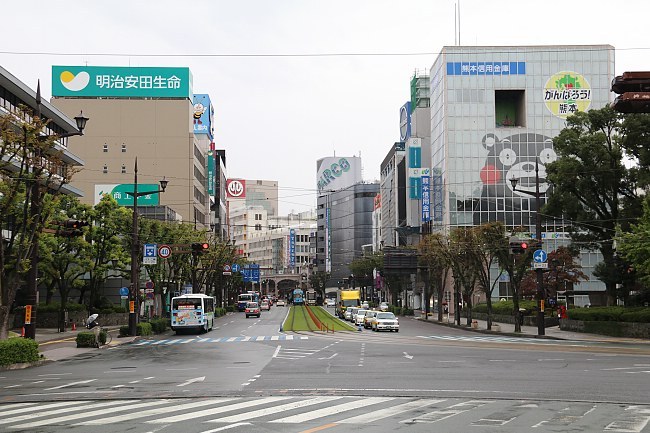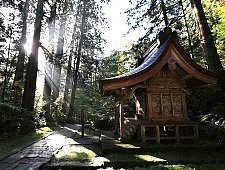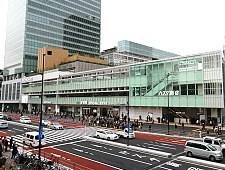Crossing Kyushu half a year after the Kumamoto Earthquake
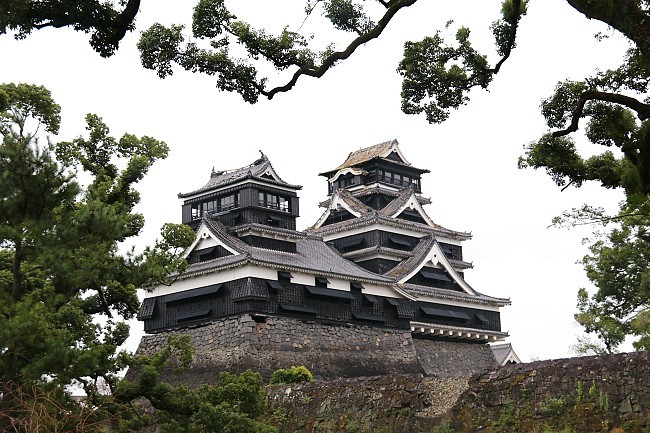
This week, I followed the Yamanami Highway, a scenic road that crosses the island of Kyushu and one of my favorite travel courses in Japan. The purpose: to get an update about the state of tourism in the areas that were affected by the Kumamoto Earthquakes this past April.
Two strong tremors hit the area between Kumamoto City and Mount Aso on April 14 and 16, resulting in the loss of dozens of lives and the full or partial destruction of thousands of buildings, including the prominent tourist attractions of Kumamoto Castle and Aso Shrine. In the following months, numerous typhoons hit the region before Mount Aso followed up in October with one of its largest eruptions in recent years.
We picked up a rental car at Oita Airport and drove to Yufuin, a popular onsen resort in Oita Prefecture. Although the earthquakes of April also affected parts of Oita Prefecture, Yufuin escaped major damage. Highly popular among younger tourists, the town is gradually turning into the Harajuku of onsen towns, with its streets lined by trendy sweets shops and boutiques rather than the soba restaurants and snack bars seen in Japan's more old-fashioned onsen towns.
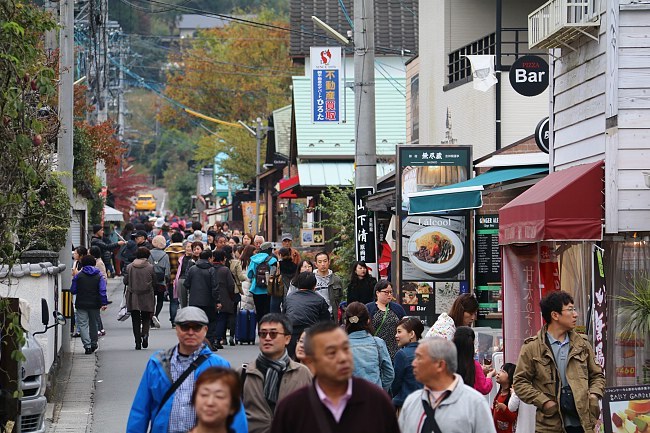
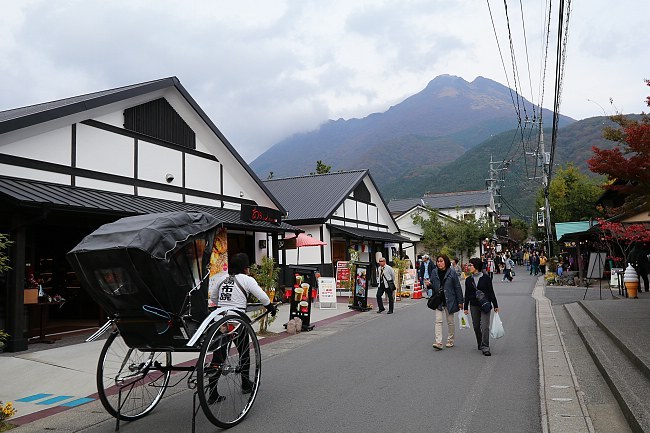
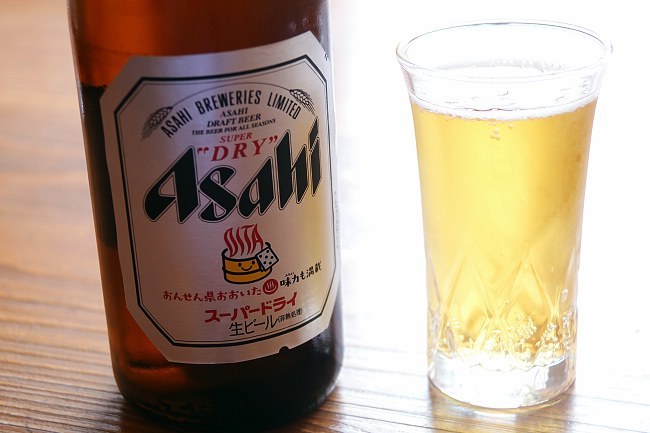
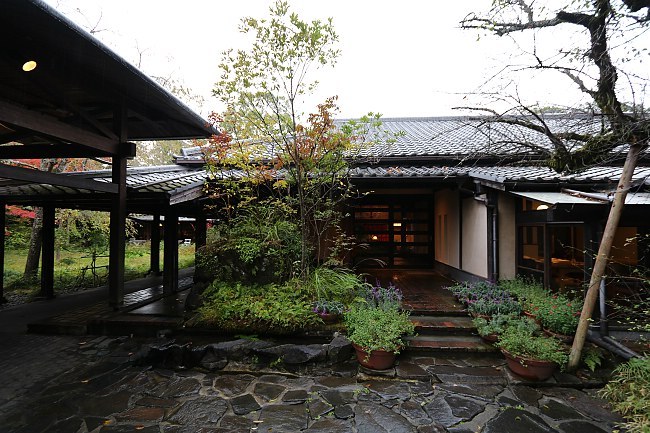
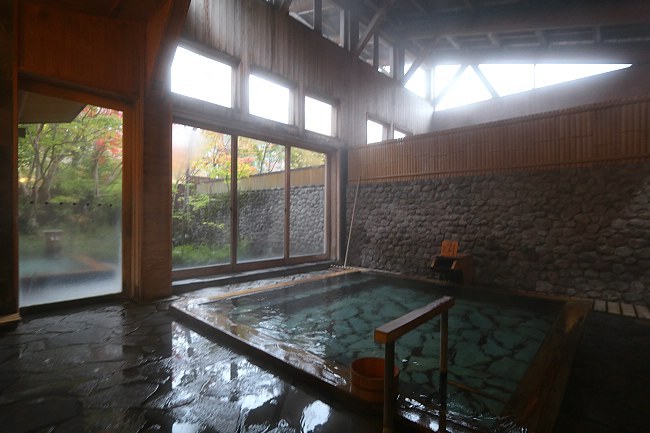
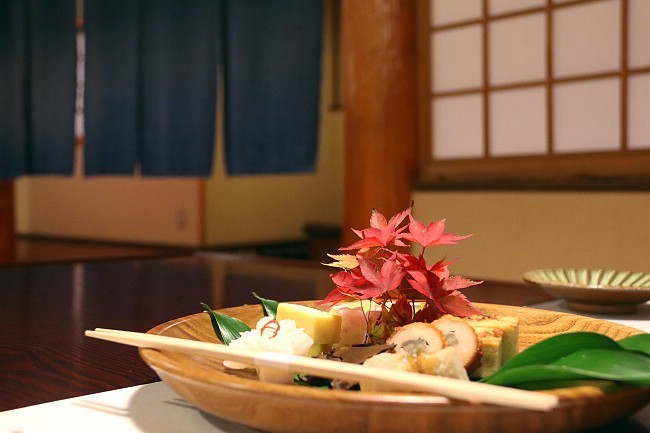
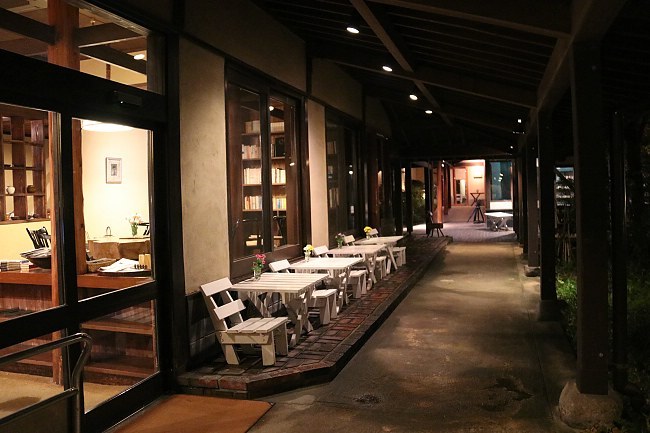
On day two, we followed the Yamanami Highway through the Kuju Mountains to Mount Aso. After enjoying some nice autumn colors around Kuju, we descended into the huge caldera of Mount Aso.
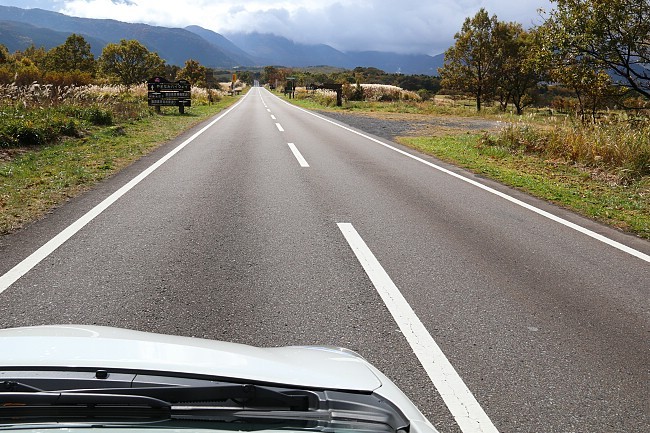
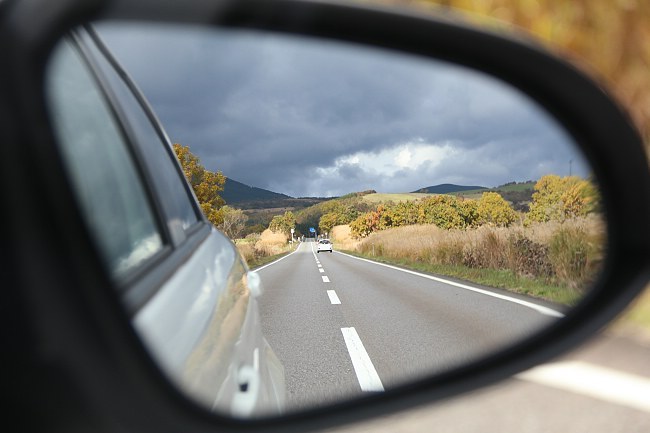
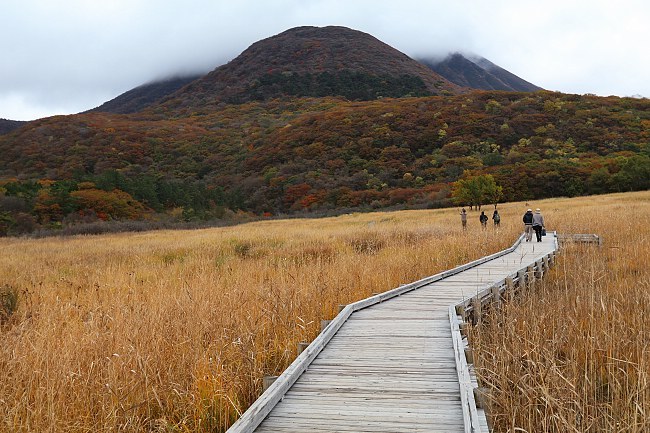
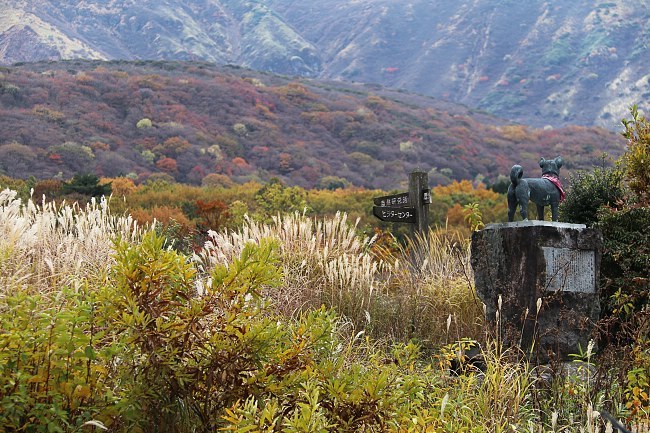
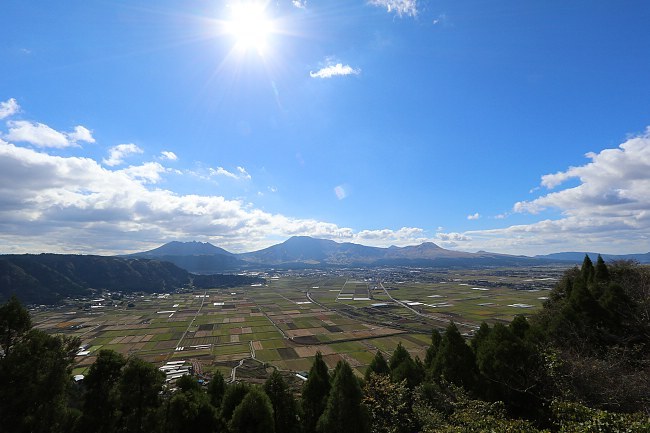
We paid a visit to Aso Shrine, Kumamoto Prefecture's most important shrine, which suffered devastating damage in the earthquake of April 16 when both its celebrated two-storied entrance gate and prayer hall collapsed. The path of recovery appeared very long despite a steady stream of visitors praying and donating at the shrine.
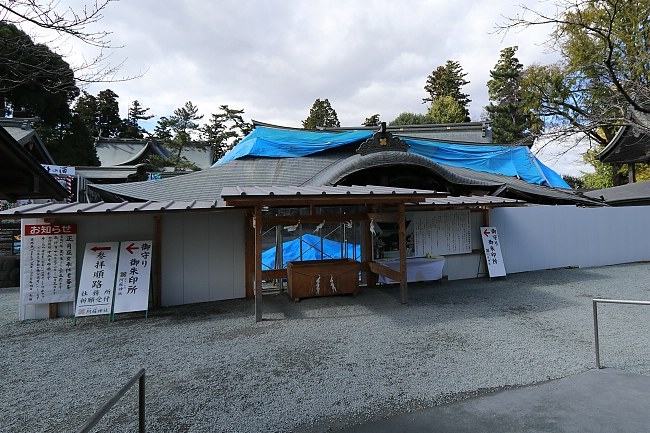
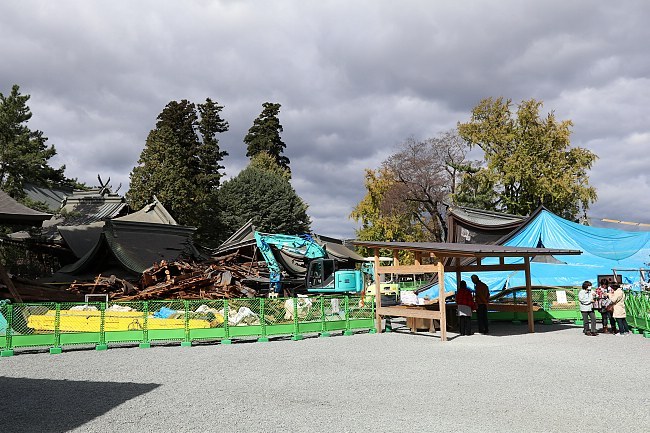
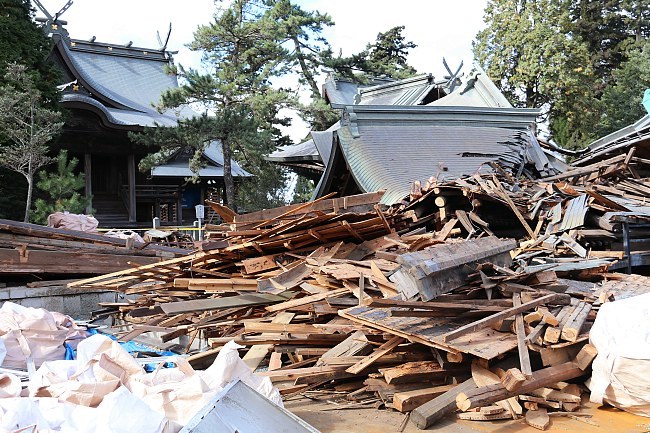
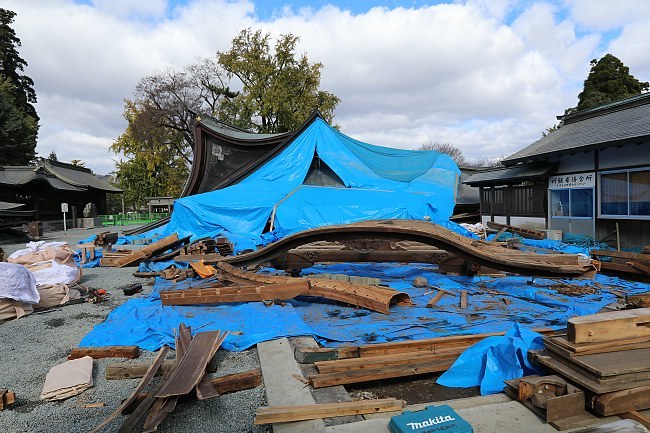
Next we drove up to within two kilometers of the crater of Mount Aso which erupted a month ago, on October 8. A no-entry zone is enforced around two kilometers of the crater. We visited the Aso Volcano Museum which reopened on November 1 after suffering damage in the April earthquake.
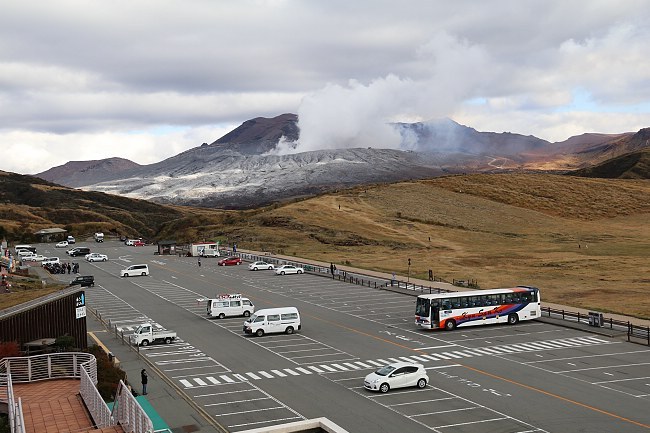
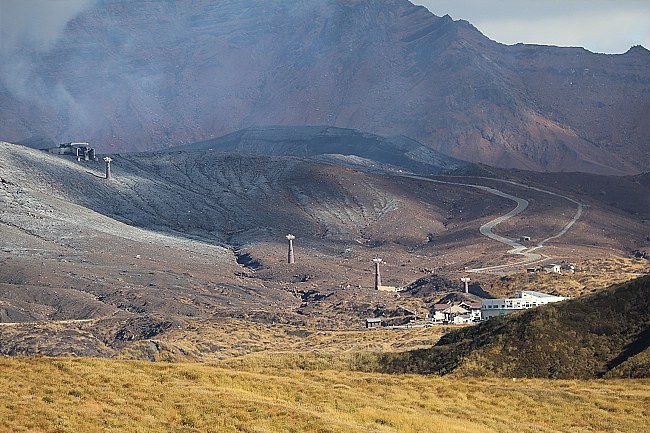
The night we spent in the idyllic onsen town of Kurokawa Onsen which suffered no major damage from the recent natural disasters apart from a temporary drop of visitor numbers.
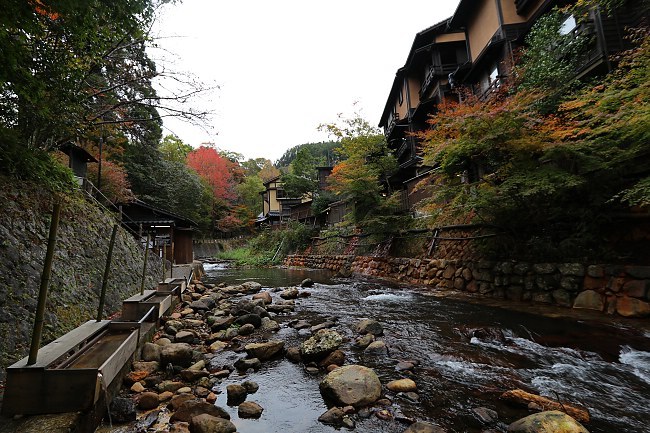
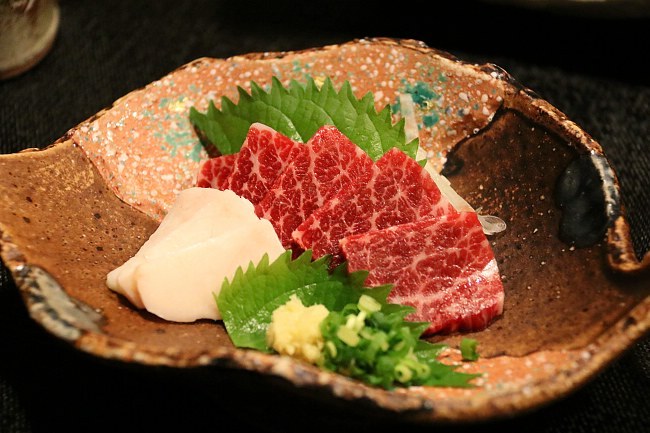
The third and last day we spent in Kumamoto City where we first visited Suizenji Garden. Happily we confirmed that the garden is looking as beautiful as ever again. After the earthquake, the pond's water level suddenly dropped by about 80%, and it took several weeks of uncertainty until the situation normalized.
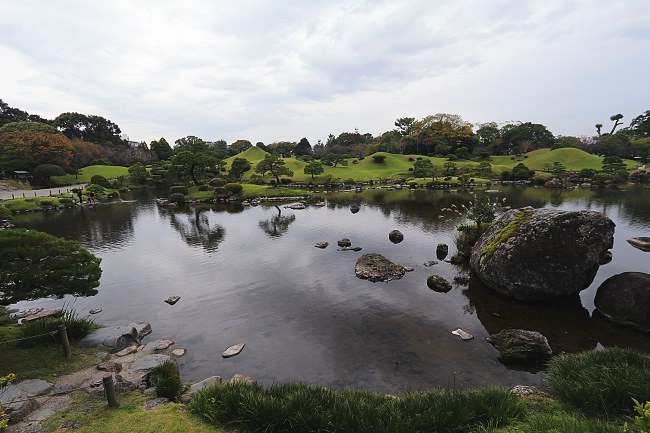
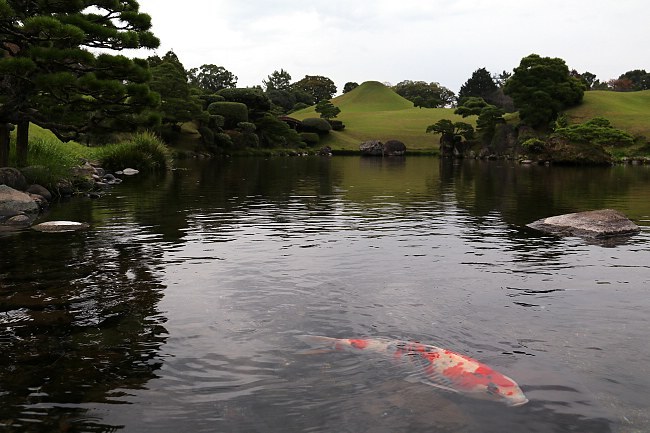
We concluded our Kyushu trip with a visit to Kumamoto Castle, the beloved local symbol, that suffered considerable damage in the April earthquakes. It is not possible yet to enter the castle's inner grounds, but many people came to view the massive fortress from the outside under the city's motto "we want you to see Kumamoto Castle especially now". Repair works on the castle keep are expected to take about three years, while the rest of the castle grounds will need around two decades of repair works.
